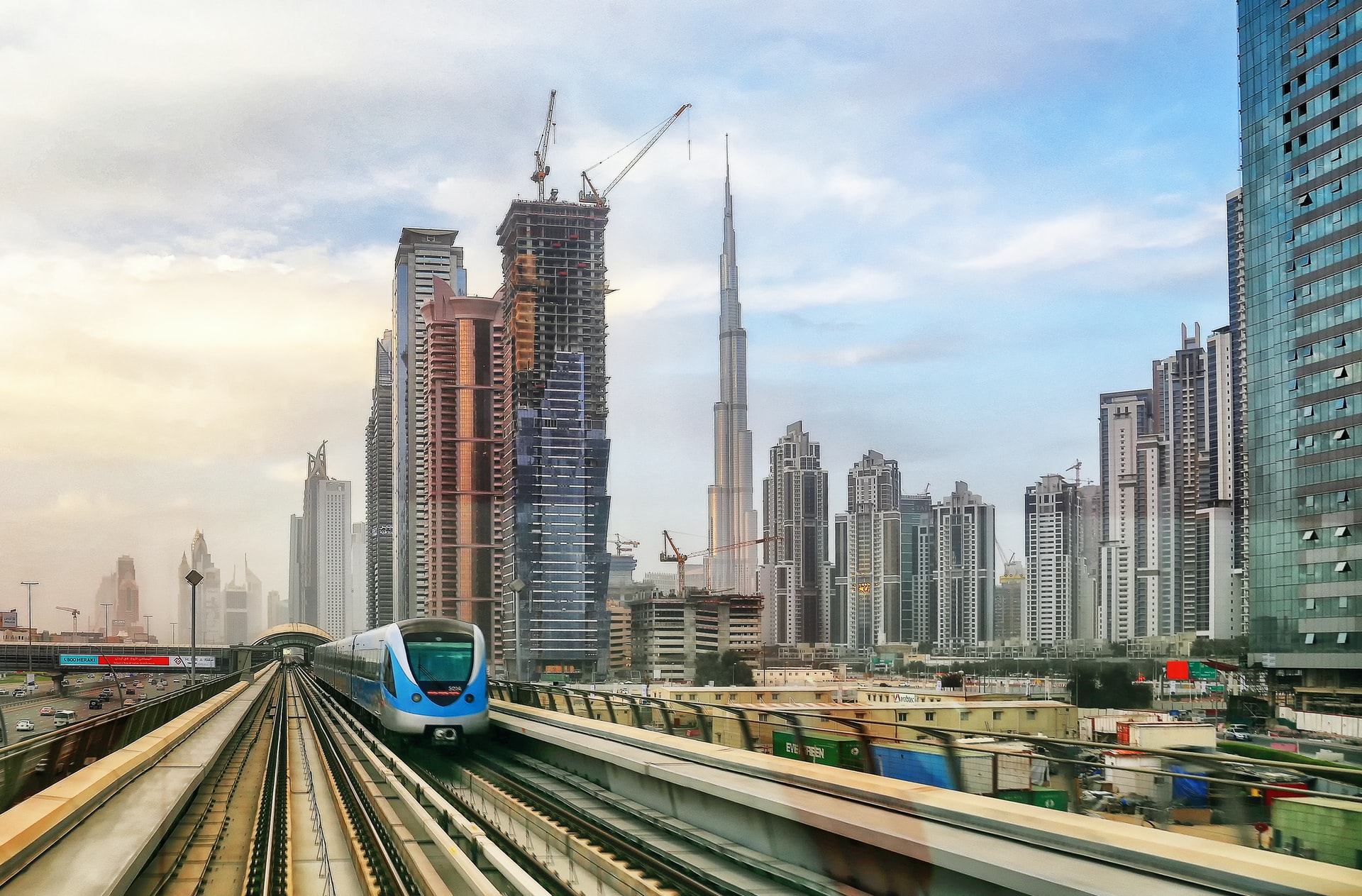Dubai’s Roads and Transport Authority (RTA) announced that the ridership of public transit means in Dubai, comprising the metro, tram, buses and marine transit modes (abra, ferry, water taxi, water bus) as well as e-hail vehicles, smart rental cars and taxis (Dubai Taxi and franchise companies), have collectively lifted about 589 million riders in 2018.
The figure reflects a notable increase from the previous year (2017); which amounted to 569 million riders. The daily public transport ridership clocked 1.610 million riders in 2018; which compares well with 1.56 million riders reported in 2017.
Reflecting on the statistics, Mattar Al Tayer, the Director-General and Chairman of the Board of Executive Directors of RTA, said, “December recorded the highest number of public transport riders clocking 52.4 million riders, with breakdown as follows: 18.2 million riders for Dubai Metro, 15.4 million riders for taxis, 14.7 million riders for buses, 2.1 million riders for shared transport (e-hail and rental cars), 1.4 million riders for marine transport, and 580 thousand riders for Dubai Tram. March saw the second highest ridership rates recording 52.3 million riders. Ridership in the remaining months ranged from 45 million to 52 million riders.
Metro
Dubai Metro has accounted for the lion’s share in ridership of shared public transport, accounting for 35 per cent, followed by taxis (30 per cent), and buses (29 per cent). Dubai Metro (Red and Green Lines) lifted about 204.4 million riders last year, compared with 200.8 riders in 2017. The Red Line carried 132.4 million riders compared to 128.5 million riders in 2017. The Green Line served 72 million riders last year; which was similar to the number of passengers carried in 2017. Burjuman and Union Stations, the two transfer stations shared by the Red and Green Lines, handled the largest number of riders last year. Burjuman Station served 12.8 million riders, and the Union Station served 10.9 million riders.
Metro Stations
The Dubai Multi-Commodities Centre Station was the busiest on the Red Line recording about 10.8 million riders. The jump in the ridership of this station is attributed to the closure of Nakheel Harbour & Tower Station due to the undergoing works of Route 2020 Project of the Dubai Metro. Next was Al Rigga Station (9.8 million riders), followed by Burj Khalifa-Dubai Mall Station (7.7 million riders), Deira City Centre Station (7.6 million riders), and Mall of the Emirates Station (7.3 million riders).
On the Green Line, Al Fahidi Station ranked first attracting about 8.1 million riders. The second was Baniyas Station (6.5 million riders) followed by Stadium million Station (5.7 million riders), then Oud Metha Station (5.2 million riders) and finally Salahuddin Station coming in fifth (5 million riders).
Last year, the Dubai Tram lifted 6.4 million riders, compared with 6.2 million riders in 2017. Public buses served 167.9 million riders compared with 155.032 million riders in 2017. Marine transport modes (abras, water taxi, waterbus and ferry) served 14.14 million riders compared with 13.076 million riders in 2017. Shared transport (e-hail, smart rental cars) lifted 22.16 million riders compared with 17.05 million riders in 2017. Taxis (Dubai Taxi and Franchise Companies) lifted 173.768 million riders.
Integrated Network
Al Tayer was delighted with these indicators as they illustrate the effective plans and programmes undertaken by RTA towards providing diverse mobility options for people in Dubai. “Dubai’s public transport means, which are fully integrated, have now become the backbone of people’s movement across the Emirate. This network has succeeded in bringing about a change in the culture of all community segments and their perception of public transit means,” noted Al Tayer.
“People have started to realise the benefits of using public transport such as the physical and mental relief, higher safety level, and saving on fuel and maintenance associated with the use of private vehicles, among other expenses. Statistics indicate that the share of public and shared transport in the movement of people had increased steadily from 6 per cent in 2006 to 17.5 per cent in 2018, recording in the process an annual increment of 9.3 per cent,” said Al Tayer.
RTA’ strategic and executive plans of roads and mobility focus on integrated services. It means that the smooth traffic flow and accessibility in the Emirate hinge on the development of integrated solutions and improvement of roads network, crossings and various types of mass transport including the metro, tram, buses, marine transport and first & last mile solutions.
The plans also envisage the development of pedestrian and cyclist facilities as well as traffic systems and the use of technology to achieve optimal utilisation & efficiency of the roads and public transport systems. They also call for the implementation of policies capable of reducing the public reliance on private vehicles and increasing their dependability on other transit means such as public transport and shared journeys. Such an effort is quite relevant especially in a city like Dubai where private vehicles ownership is one vehicle per two persons.

